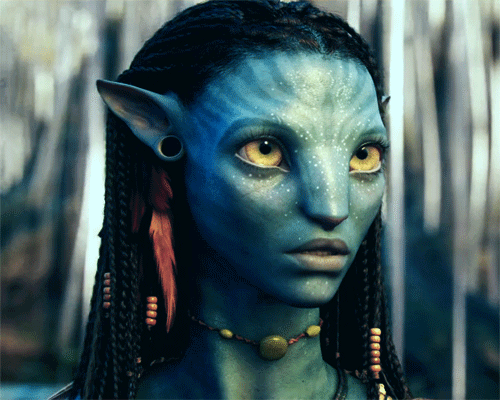Digital animation.
Chapter: Foundations <1960
Chapter: Foundations < 1960
This chapter takes a glance at the roots of digital animation. Early animation shares its historical roots with movie industry. First special effects appeared in early year of 1904. ‘Trick films’ produced by Georges Méliès were filmed with multiple exposures. A year later Edwin S. Porter used a camera which could advance frames in single increments. This paper and film cel method was used in animation movies for decades. Thus, movie and animation creators thrived to achieve as realistic and believable view. The Disney era produced many animated movies with realistic human movement through rotoscoping and other inventions.
Chong, A. (2005) Digital Animation. Singapore: AVA Book Production Pte. Ltd.



Paper and film cell method definition: A traditional form of animation used in the production of cartoons or animated movies where each frame of the scene is drawn by hand. A full-length feature filmproduced using cel animation would often require a million or more drawings to complete.

Rotoscoping definition: Using this technique, animators trace over live action film movement on each frame to use in an animated film. When it was first used, live action film images were projected onto a glass panel that was frosted where an animator would redraw them. The associated projector is called a rotoscope. However, computers have replaced it in the past two decades.


Regards people’s use of online media there is a common question whether the users actually read and understand terms and conditions and why services like Google or Facebook are used this much if their terms and conditions are so bad? McStay (2017) states that the control of personal information is at high level of concern from his and his Colleagues studies about privacy and surveillance reports from UK and Europe across 2013-15.
Reference:
McStay, A. (2017) Privacy and the Media. London: SAGE publications Ltd.
Referencing and Paraphrasing session with Katie.
Reference:
Surname, Initial. (Year of publication) Title. Place of publication: publisher. Series and volume number if relevant.
Journal article review
Getting Real: Visual Effects Audiences Can Believe In
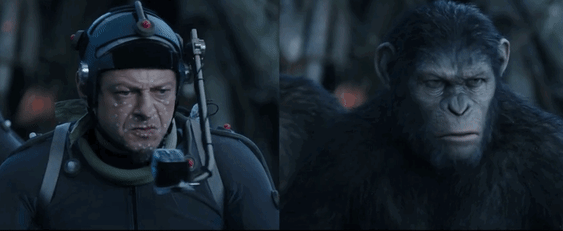
This journal article covers and addresses the nominee movies of Visual Effects Society Awards 2018 such as:
"Blade Runner 2049,"
"Guardians of the Galaxy Vol. 2,"
"Kong: Skull Island,"
"Star Wars: The Last Jedi"
"War for the Planet of the Apes."

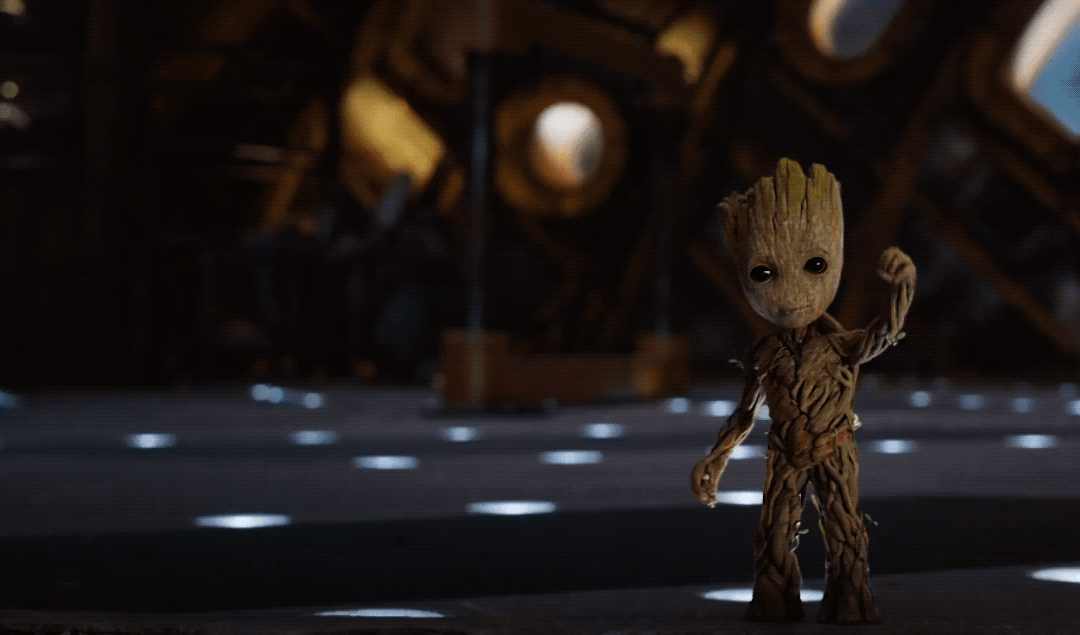
A few well-known VFX supervisors points out the main aims of the realistic visuals:
-
improving motion capture
-
simulating natural phenomena such as water, fire and explosions to the most realistic level
-
blending digital effects as invisibly as possible into photography
-
finding ideas that audiences will believe in

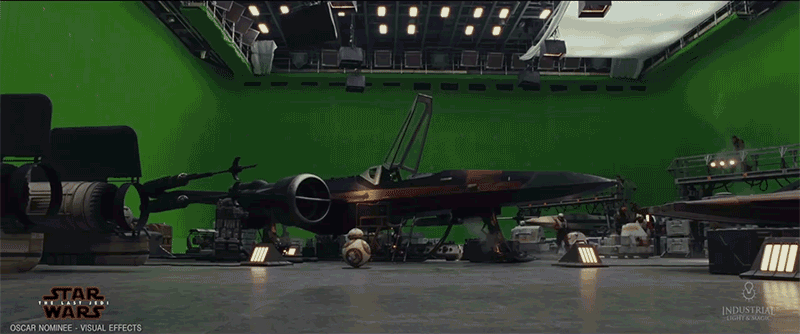
Reference: Wolff, E. 2018, Getting Real: Visual Effects Audiences Can Believe In, Penske Business Media, Los Angeles.
Uncanny Valley - Week 5
1. What are the two [three, four, five] most significant [central, useful, meaningful, surprising] things you have learned during this session?
Uncanny Valley came from robotics, it’s a theory generalised by the artificial objects being as realistic that people believe it
2. What question(s) remain uppermost in your mind?
Why zombies are on the lowest point? I feel like I would relate to them at least a bit.
3. Is there anything you did not understand?
Perhaps not.

Preparing for the Essay
Mind map for The Uncanny valley

Critical notes of one of my references

Preparation for the 2nd essay and the presentation
Mindmap

My Essay topic
After creating mind map and generating a few ideas I made my final essay topic:
What technical and ethical issues VFX artists faces while creating photorealistic CGI characters?
Critical notes
I. Failes Masters of FX


Critical notes of journal article

Recreating famous people who passed away
The famous British actress, model, dancer and humanitarian Audrey Hepburn was recreated in an Galaxy chocolate advert. They choose to create an image of her 19 years old. Here I put and example of how realistic they have created her. In black&white it's real Audrey in her teen years and below its CGI character.

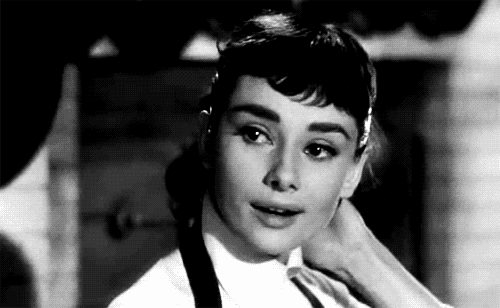


Audrey Hepburn in the middle of 20th century


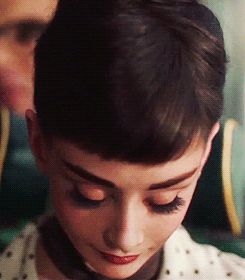
Photorealistic CGI Audrey Hepburn character from 2012 Galaxy Chocolate advert

Nowadays recreating people from the past becomes more and more common. Below you can see a few examples of many.


Peter Cushing from 1990s compared to CGI character from movie Rogue One.
CGI character of American actor Paul Walker who passed away during the Fast and Furious 7 movie shooting.

CGI Marilyn Monroe in Dior perfume advert

Bruce Lee brought back to life in Blue Label whiskey commercial as CGI
Motion Capture
Motion capture is a topic mentioned and discussed in my essay. I talked about the struggles of using mo-cap in 2000s movies such as King Kong or The Polar Express.
Motion capture (mo-cap for short)could be defined as a process of recording the movement of objects or people.
It is used in military, entertainment, sports, medical applications, and for validation of computer vision and robotics. However, my main concern is motion capture in the entertainment, specifically movie industry.
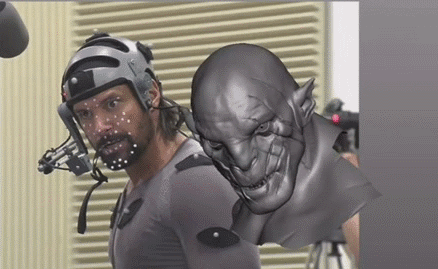
Examples of Motion Capture in movies
War for the Planet of Apes
Listed examples below of motion capture in War for the Planet of Apes movie. The before view on set and the final film shot. Mo-cap helps to achieve the Holy Grail of the film industry.


Before After


James Cameron Avatar
Behind the scenes of one of the most highest budget movies ever made. Motion capture was the main key while creating this movie.


